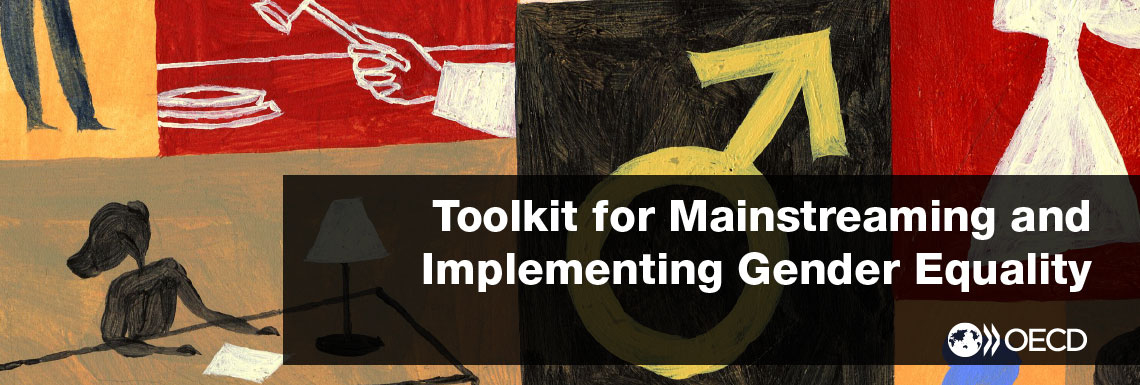Ex post gender budgeting
SELF-ASSESSMENT QUESTION
Is the government using assessment tools (such as ex post gender impact assessments, gender evaluations, gender audits and a gender perspective in spending review) in order to ensure that the expected gender outcomes of the budget were delivered? Are lessons from these assessments and audits being taken into account in future policy-making and resource allocation decisions?
WHY IS IT IMPORTANT?
During the ex post phase (after implementation), the government and its oversight institutions typically consider the extent to which the budget has achieved its intended outcomes, including those related to gender equality. Lessons from these assessments should feed into future budget decisions to improve the way the budget is used to achieve gender quality outcomes.
ACTIONS TO CONSIDER
- Conduct ex post gender impact assessments in different policy areas: This involves assessing individual budget measures, after their introduction/implementation, in relation to the impact they have had in bringing about gender equality. Information from this type of assessment is used to modify the design of policies and make them more effective as well as to inform policy/programme managers in relation to future policy development. As with the ex ante impact assessment, the gender aspect of the ex post impact assessment may be undertaken individually or as part of any wider ex post impact assessment framework. These are usually conducted by suitably-qualified staff in individual line ministries.
- Undertake a gender audit of the budget: This is a single independent and objective analysis of the extent to which gender equality is effectively promoted and/or attained through the policies set out in the overall annual budget. It is often conducted by a competent authority different from the central budget authority, such as the supreme audit institution.
- Include a gender perspective in spending review: Gender should be routinely included as a distinct dimension of any spending review analysis by the authority conducting the review. This includes reviewing policies for their efficiency and effectiveness in delivering gender objectives and identifying ways to improve existing gender-related policies.
PITFALLS TO AVOID
- Lack of timely ex post gender assessment. This means that lessons from these assessments are not available in time to allow modification of gender policies or to feed into the next policy development cycle.
- Treating ex post gender assessment as an ‘afterthought’ when it is incorporated into a wider impact assessment (e.g., when undertaken as part of a broader evaluation of a program).
- Results of ex post gender assessments are not used by managers when making future policy or budget decisions.
COUNTRY EXAMPLES
Spain
In Spain, the Andalusian Regional Government Administration launched a series of gender audits to assess the degree to which the budget programmes have implemented a gender perspective in the budget process in 2013. These now form part of its wider gender budgeting strategy. The specific objectives pursued by these audits are: (1) to assess the extent to which the objectives assigned to gender equality budget programmes have been attained; (2) to analyse and measure the extent to which gender mainstreaming has been implemented in budget planning, implementing and accountability; (3) to assess the strategies carried out by the managing centres to implement the methodology and achieve their targets; and (4) to identify best practices and make recommendations to strengthen gender responsive budgeting within the Andalusian Public Administration.

